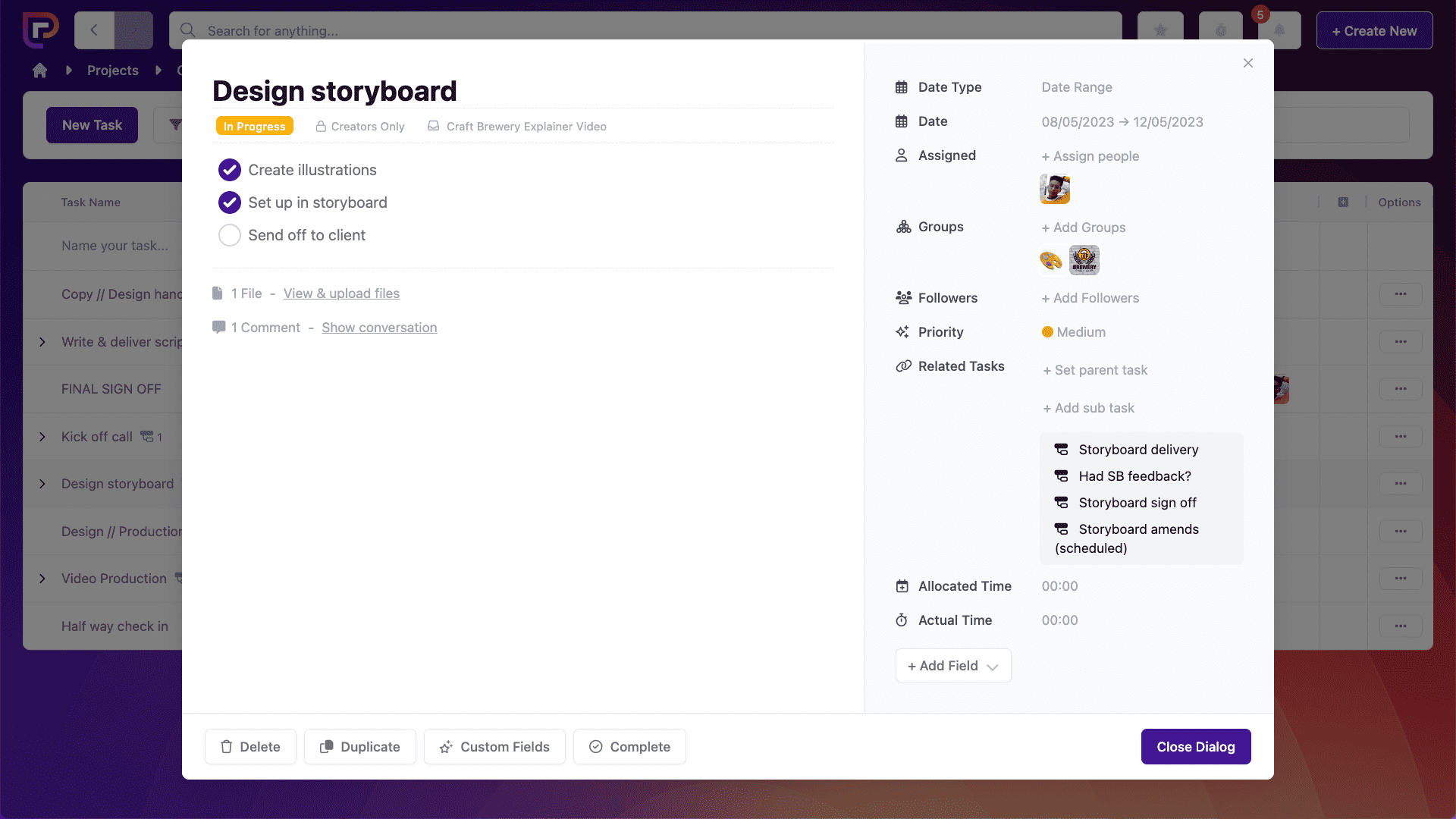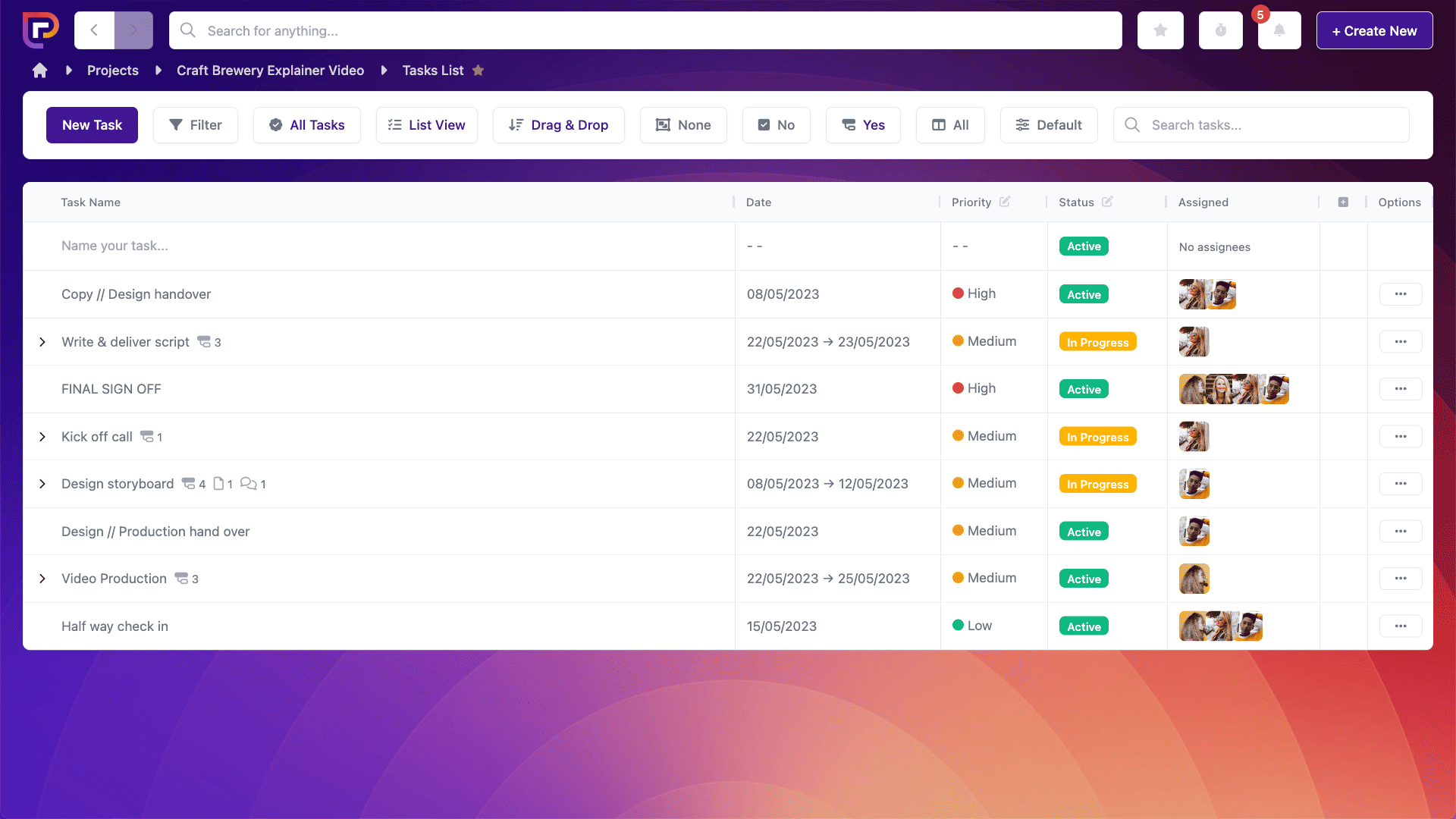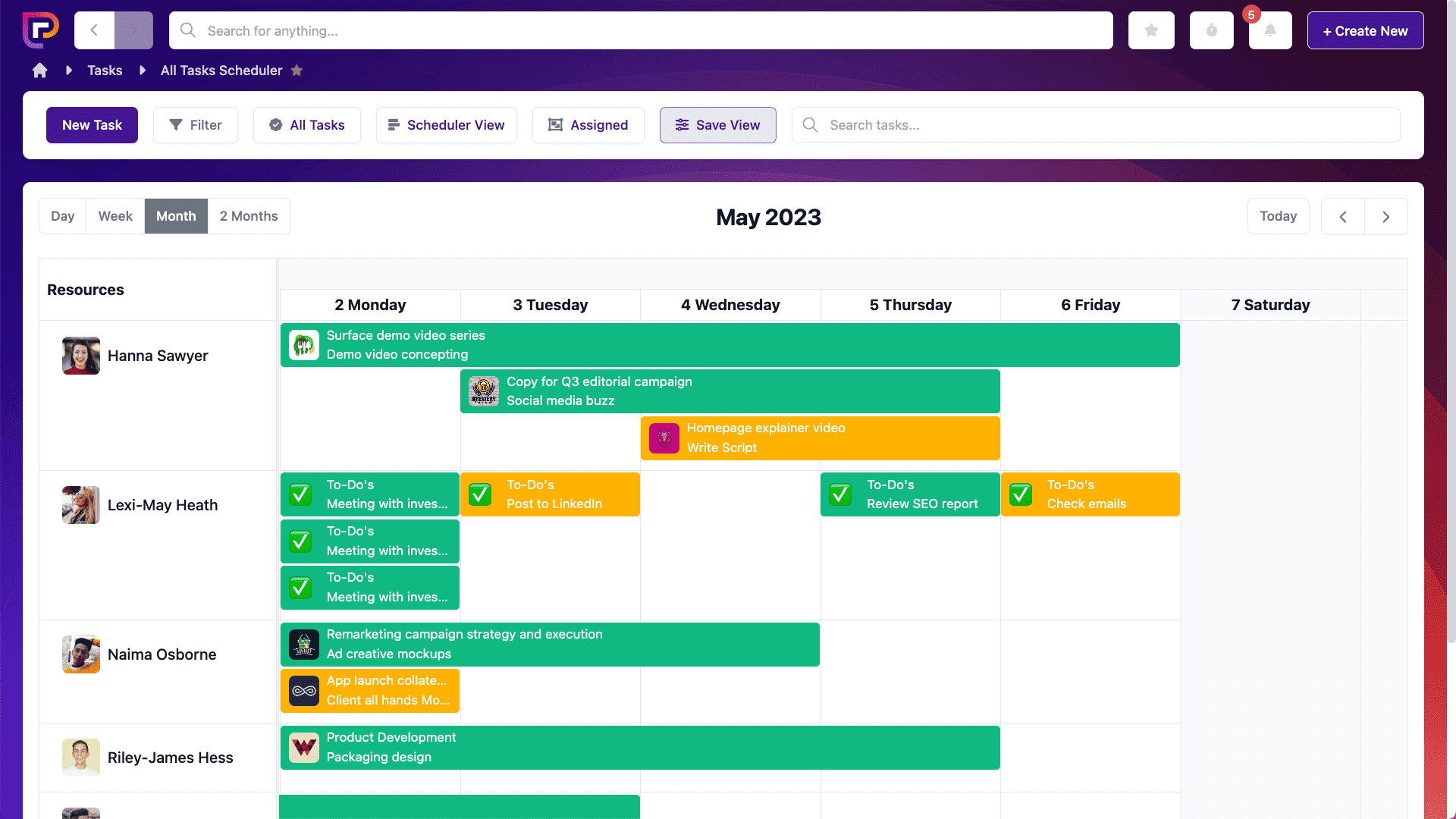Last updated on 9th May 2024
Imagine if you could plan everything you need to do this week in just 20 minutes. From replying to your emails, to finally chipping away at that huge project that’s been looming over you.
Well, now you can!
In this article, we’re going to show you how you can plan your week in just 5 easy steps. Plus some amazing top tips to help you stay on track.
You. Can. Do. This!
How to plan your week in 5 easy steps
1. Write a list
To get started, you need to dump everything from your brain down onto a piece of paper (or your favourite note taking app).
And we mean everything.
Every meeting. Every project. Every task – no matter how small.
Putting your work for the week into this physical (or digital) format will help you to understand exactly how much you have on your plate, and then you can start to organise it.
Estimated time spent: 5 minutes.
2. Use the Eisenhower matrix
Okay, so the next step is rearranging your tasks into an order of priority. There are a couple of different ways to do this, but we like the Eisenhower matrix.

As you can see, the Eisenhower matrix asks you to split your tasks into four groups. Tasks are either:
– Urgent and not important
– Important and not urgent
– Not important and not urgent
Once you successfully split your tasks into these 4 groups, you can decide how to plan them into your week.
According to the Eisenhower matrix, tasks that are urgent and important should be completed immediately and by yourself. Tasks that are urgent and not important can be delegated to other team members.
Tasks that are important but not urgent should be scheduled into your plan (to be completed after the urgent and important tasks). And, finally, tasks that are not urgent or important should be deleted so you can stop wasting your time on them.
The Eisenhower matrix is a great way to help you whittle your daily task list down into a manageable size and ensure you’re working on the tasks that most require your attention.
Estimated time spent: 5 minutes.
3. Start scheduling
The next step is to take what you have in your Eisenhower matrix and schedule that out into a weekly plan.
The most efficient way to do this is with a project management tool like Project.co.
With Project.co, you can quickly and easily add tasks to any project. All you need to do is give your task a name, and you can then assign it to a person, a date, and a department. You can also add notes and attachments to your tasks, and even have a discussion within the task.

You can add tasks manually OR ask our AI assistant to do it for you. All you need to do is speak your requirements and the AI will do the rest:
It’s easy to schedule your week of work because there are many different ways to visualise your tasks.
The list view acts like a simple to do list.

The calendar view allows you to see – at a glance – just how busy you are in any given week, and you can also drag and drop tasks to different days.

And the kanban view lets you see where tasks and projects are up to in your workflow.

You can also use the scheduler view to see what other members of your team are working on so you can identify capacity issues and bottlenecks.

It’s easy to get started with Project.co as we have several pre-populated templates to help you get up and running. Our to-do list template is a perfect place to start if you want to plan out your week.
Estimated time spent: 7 minutes.
4. Reassess at the end of every day
At the end of every day, take a couple of minutes to evaluate how everything went. Take stock of what you managed to get done, and what you didn’t.
It’s inevitable that sometimes you won’t be able to check off everything on your task list. Unexpected things happen. Meetings run long. Work gets accidentally deleted.
Reassessing your plan at the end of every day is a form of damage control that can help you to remain on track for the rest of the week or month.
So if you have two tasks left at the end of your Thursday, take a look at Friday and see if there are tasks that can be pushed onto next week.
Your Eisenhower matrix can come in handy again here as a way for you to decide what’s really important and what can be rescheduled.
If you’re using Project.co, you can rearrange your tasks in seconds with our simple drag and drop functionality.
The scheduler view even allows you to drop tasks onto different team members, and stretch tasks over a number of days.
Estimated time spent: 2 minutes 30 seconds.
5. Pat yourself on the back – no matter what!
Yes, you really have to do this.
No matter how your day or week turned out, you should always pat yourself on the back for the things you did tick off your list.
Negative thoughts can be a real drag on your productivity, so try to stay positive about what you have achieved and think less about what you haven’t.
Estimated time spent: 30 seconds.
Top tips: How to stick to your plan
1. Schedule buffer time
Buffer time is exactly what it sounds like. It’s small blocks of time that act as a buffer between tasks.
This is helpful if one task runs longer than you expected. And, if you complete your task ahead of time and don’t need your buffer, you can still use it to check your emails, grab a cup of coffee, or to get a head start on your next task.
Buffer time is important because it allows space for all of the little things that you aren’t going to plan into your schedule.
2. Set reminders
Reminders will make sure you don’t forget anything – like submitting a piece of work or attending an important meeting.
It’s easy to set up reminders using Google Calendar. All you need to do is open the app and enter the details of the task you want to be reminded about, including the time and date that it is due:

You’ll see a notification icon. You can edit this section to ensure you’re notified of the event before it happens.
3. Schedule free time
We should never kid ourselves into thinking we can be productive for every waking minute of the day. According to several studies – including one referenced in Inc. – in an 8 hour work day, the average person is only productive for approximately 3 hours.
Scheduling free time is a good way to remind yourself to take a break – and also a good way to keep you motivated when you’re working on your tasks.
This free time can be spent doing any small activity that brings you joy, such as a 10 minute yoga practice, a short walk around the block, or reading a chapter from your favourite book.
4. Expect the unexpected
There’s always something that could pop up and threaten to ruin your neatly planned out week of work.
So you might as well try to prepare for it!
When planning out your week, set aside a chunk of time that can be used to handle unexpected issues or tasks.
After all, you could be dragged into a meeting or receive an unexpected email that throws your whole week off course.
By being prepared for such events you can keep your week on track. And if they don’t happen, great! It just means you can get a head start on next week.
Final thoughts
And there you have it! How to plan your week in just 20 minutes.
If you’re really serious about planning out your tasks then you need a strong project management tool that makes it easy for you.
People who use Project.co save an average of 2 hours per day on unproductive work. Click here to get started with a free account and find out how Project.co can save you time and increase your productivity.



